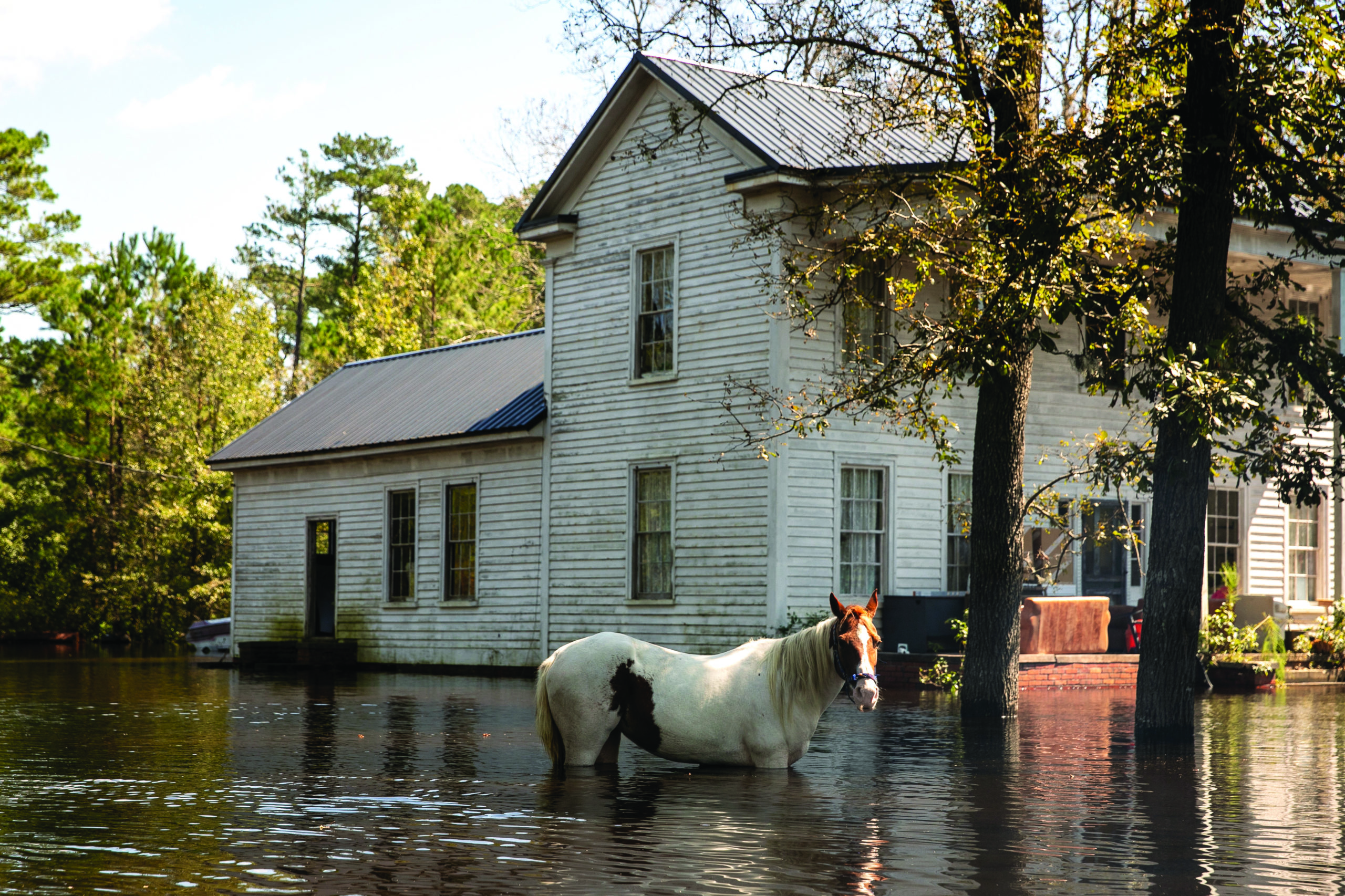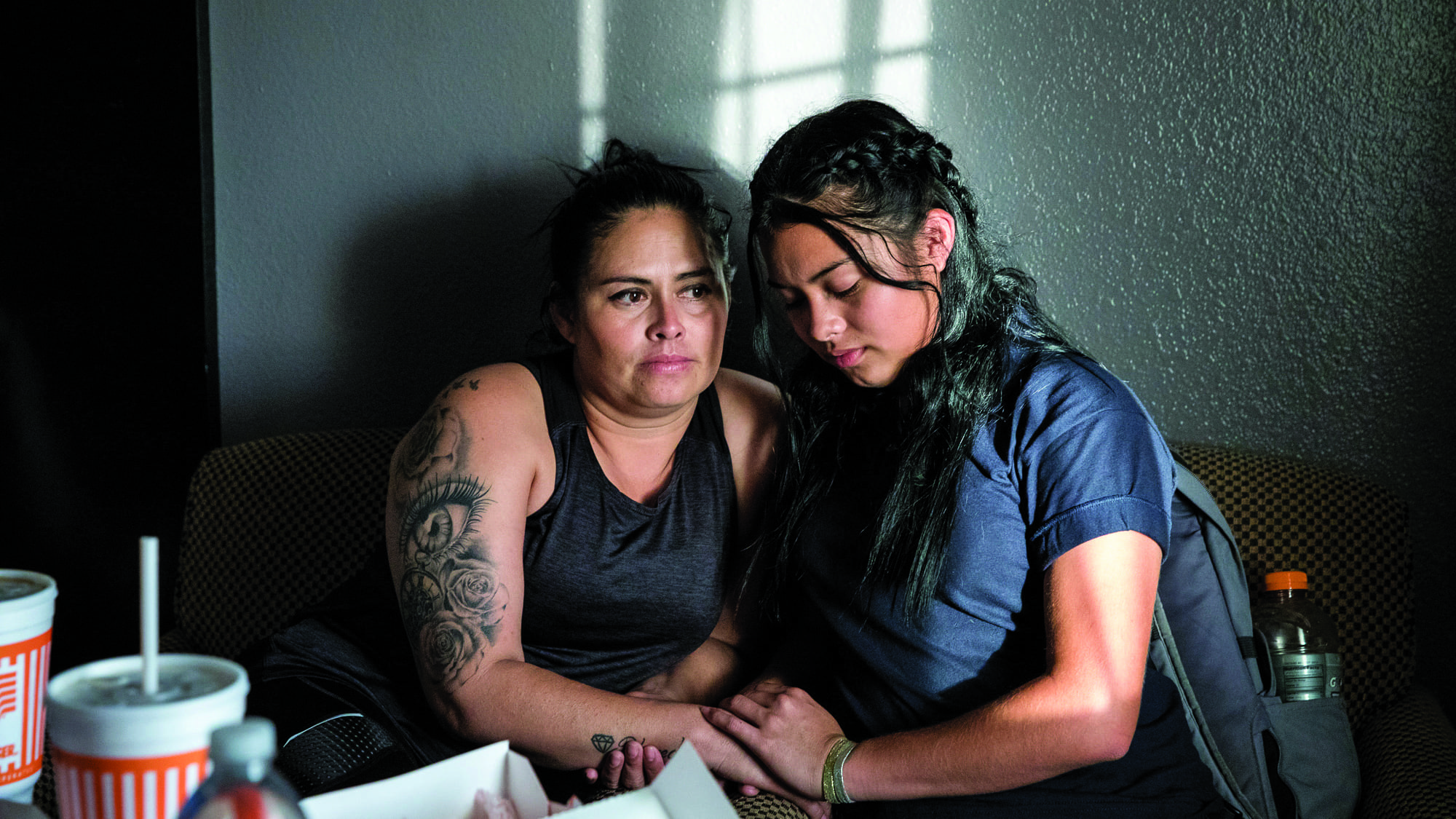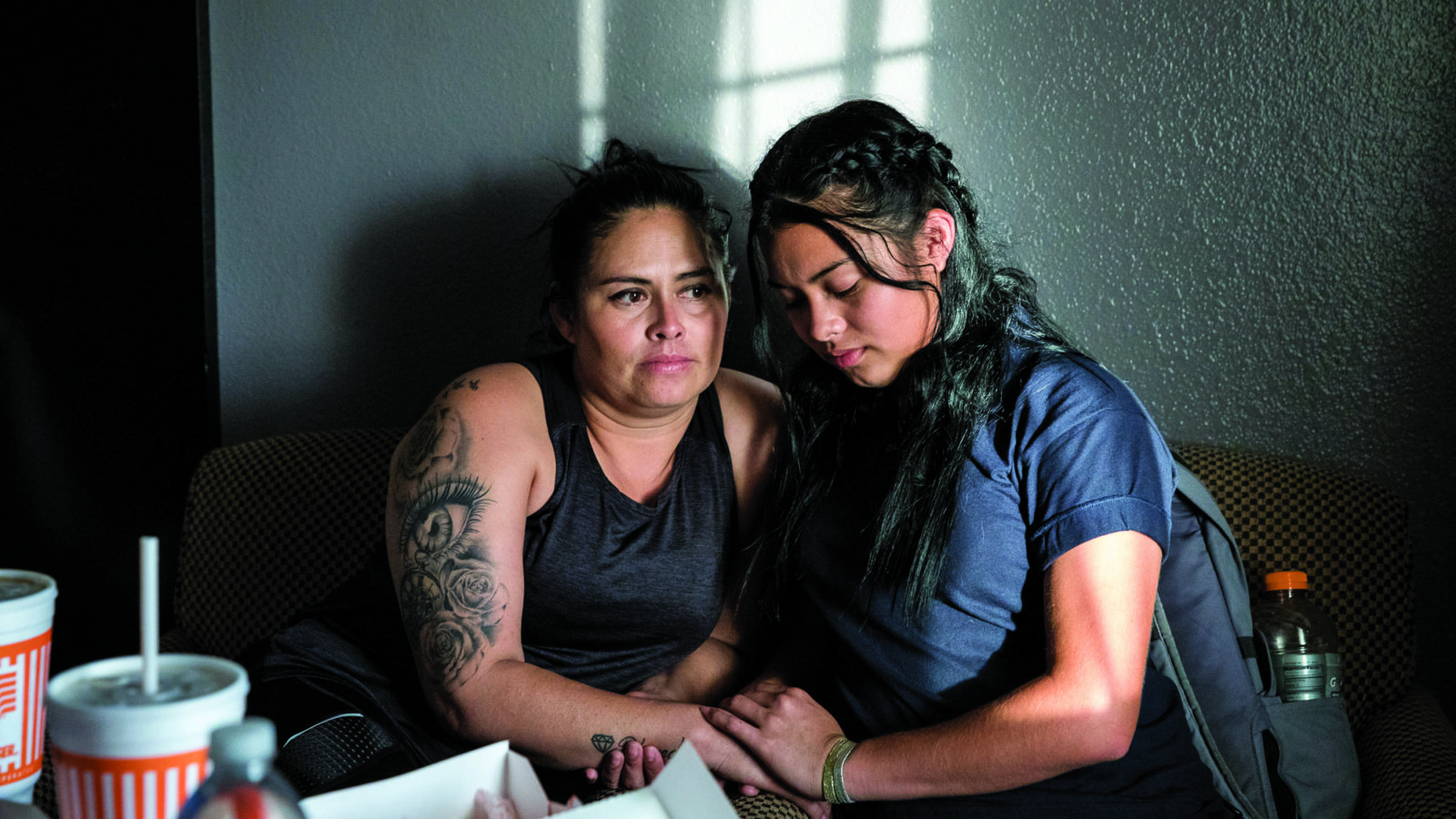The profound and powerful images of award-winning photojournalist Ilana Panich-Linsman ’02 speak volumes
Photojournalist Ilana Panich-Linsman ’02 is having a blockbuster year. On assignment more than she is home in Austin, Texas, Panich-Linsman covers the most pressing issues of our day, from immigration to natural disasters, as well as topics that pique a personal interest, such as youth culture or palliative care. Her work regularly appears in The New York Times, The Wall Street Journal, BuzzFeed News, and The Washington Post, among other top publications. She is a graduate of the International Center of Photography’s photojournalism program, and she earned her B.A. from Scripps College and an M.A. in photojournalism and documentary photography from the University of the Arts, London.
Panich-Linsman’s profound and powerful images are a testament to her thoughtful approach, which allows her subjects to be unguarded in front of her lens. Not visible: her tireless efforts to get a photo. “Time is the key,” she said. “I hang out for as much time as I can, and people do tend to forget that I’m there. That’s how I get intimate work. I explain to people, ‘I’m not here to take glamour shots. My goal is to be a fly on the wall and photograph you as you are in your everyday life.’”
On what she calls a “linear path,” Panich-Linsman has been snapping photos since her father plunked a Holga plastic camera in her lap when she was in the fourth grade, along with a lesson she took to heart: “Don’t be afraid to talk to people.” At Williston, she enrolled in every photography class the school offered, and says photography instructor Edward Hing ’77 was “an incredible influence on my life and career.” Of Panich-Linsman, Hing said: “It really wasn’t a surprise that she succeeded. I could tell from the time she was at Williston that she was going to figure it out. She gets in, up close, and people let her tell their stories.”
When Panich-Linsman returns home from shooting a particularly emotional assignment, often witnessing tragedy, it takes her a while to get her bearings. “I usually fall into bed and sleep,” she said. “I have a hard time coming back to my nice life and my nice dog—it’s such a cognitive disconnect to be in those two worlds. It doesn’t feel fair. So I do try to take care of myself, but it’s not glamorous work. It really isn’t.” See more of her work at www.ilanapl.com or on Instagram (@ilanapl).

By the time Panich-Linsman arrived in the flooded town of Ivanhoe, North Carolina, she had been driving for three hours—a trip that should have taken 45 minutes. In the fall of 2018, Hurricane Florence had ravaged the area, and many roads were submerged. Running late, she missed her chance to tour the area by boat with a New York Times reporter and spent the night in her car. “I slept with the windows down and got swarmed by mosquitoes at 3 a.m.,” she said. The next morning, she hopped onto a boat with a local resident who was salvaging his belongings. They found his neighbor’s horse, Lady, standing in the high flood waters. “I had rice cakes in my car,” she said. “He fed them to the horse and tried to lead her to ankle-deep water, which was the highest point he could find. As soon as he let her go, she just went back to the same spot.” (Lady was eventually rescued.)

Last summer, Panich-Linsman was at the U.S.-Mexico border, documenting the separation of families seeking asylum, but the story was visually hard to tell. “All of the separations happened out of sight of cameras,” she said. “We basically could only photograph the edges of the issue.” Then, she learned that a mother and daughter were reuniting after an enforced 40-day separation. She joined a scrum of photographers sitting on the hot pavement outside the detention facility. Eight hours passed under the July sun. “I didn’t want to go to the bathroom because I was afraid I would miss the moment,” she said. Like her colleagues, Panich-Linsman documented the family’s first embrace. But unlike her colleagues, she had spent time with the family earlier that morning, and was the only photographer invited into their motel room. “I felt very honored that I was there,” she said. “It was an intimate moment and they could have said ‘No, we want this private time to ourselves.’ But they didn’t.”

Sitting in a nail salon in Easthampton, Massachusetts, Panich-Linsman’s ears perked up when she overheard a woman talking about her 11-year-old daughter Emily’s participation in beauty pageants. Interested in documenting the pageant world, Panich-Linsman introduced herself, and soon was spending many hours at the family’s home and accompanying them to pageants. In this image, Emily is trying on her crown. “I feel like this image speaks to her age—she’s got posters of teenage heartthrobs and stuffed animals,” she said. “She’s still such a little kid. But there were a lot of moments in the pageants where she was trying to be a woman three times her age.”

